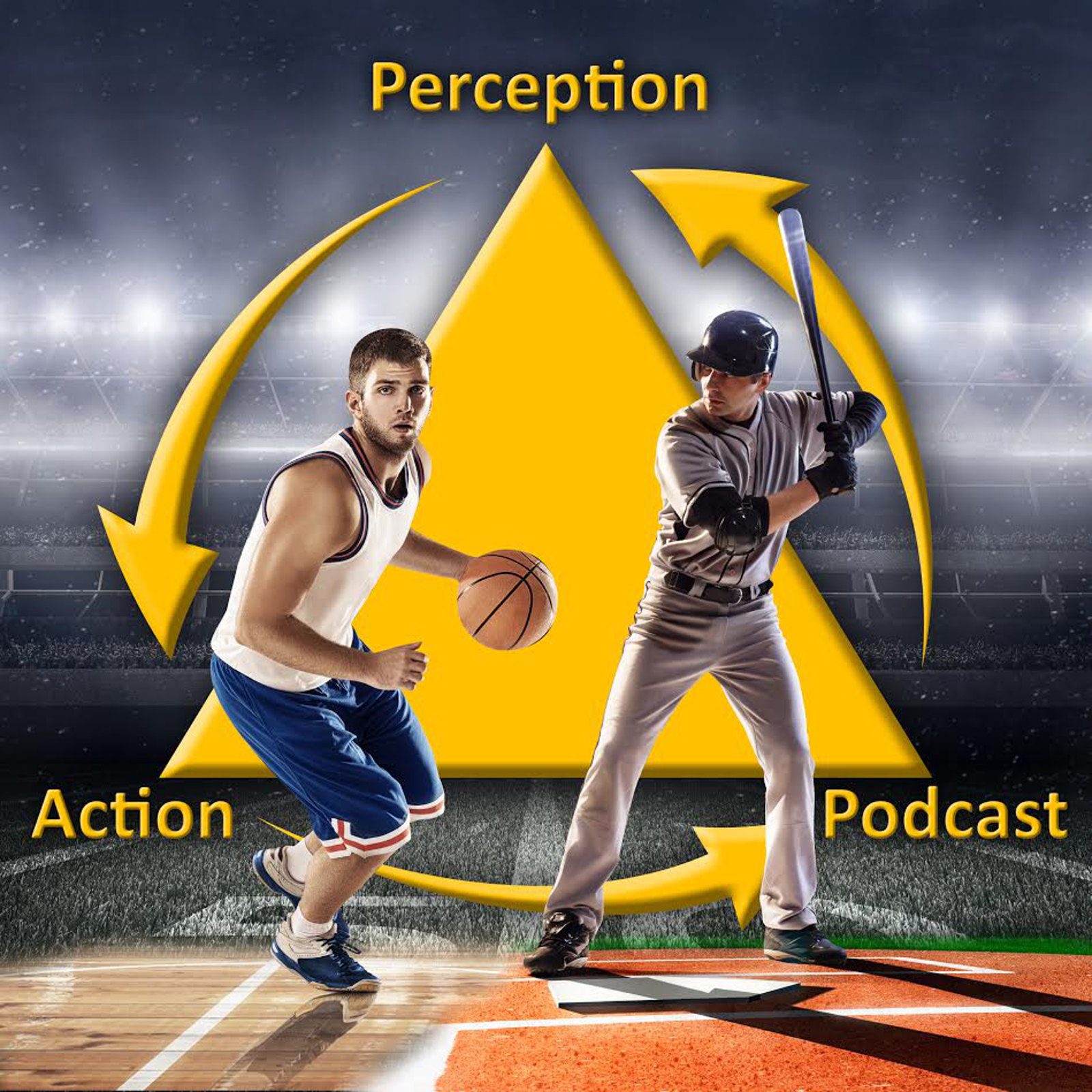4
How do great athletes seem to know what is going to happen next? What information to they use to predict the next serve will be cross court instead of down the line, how does a baseball batter know the next pitch will be a fastball, and how does an NFL quarterback know the defense will blitz? Can these abilities be improved through training? In this episode I explore the topic of anticipation in sports.
What Grinds My Gears: Conference false advertising and fishing in movement science experiments
Download link
Key points
• This ability to anticipate what is going to happen before your opponent starts moving is crucial in a lot of sports (e.g., tennis, baseball and cricket) because the time the athlete has to judge what is going on after the action starts can be so short…in some cases, like hitting a cricket ball or baseball, the time the athlete has to view the ball in flight (about 0.5 sec) is much less than the time it takes to actually generate and execute a swing (about ¾ of a second).
• There are two basic things an athlete can use to anticipate what their opponent will do: advance cues and situational probabilities.
• The term Advance Cue is used to refer to any aspect of the behaviour of an opponent (in particular their body language or body movements, what which call kinematics) that can be used to anticipate their action.
• The use of advance cues has been studied extensively using the occlusion method developed by Bruce Abernethy from the University of Queensland. This method involves showing an athlete an unfolding action (a tennis serve for example). You then occlude (or block from view) what is going on in some way.
• Using this method, it has been shown that skilled athletes are consistently better at using advance cues as compared to lesser skilled athletes, for example they can accurately judge where a serve is going with a shorter view of the scene. Novice athletes rely on later-occurring information (often after the ball is struck or released) to make judgements about trajectory.
• Training research has demonstrated that practicing the occlusion method can improve anticipation ability and this seems to transfer to improved sports performance
• The term Situational Probabilities refers to the fact that the probability of different events in sports varies as function of the game situation. E.g., baseball pitchers tend to throw a fastball when behind in the count
• There have been very few studies which have evaluated whether players can use situational probabilities, whether experts can do this better than less skilled players, and whether the ability to use these can be improved through training
• The research that has been done suggests that appears that skilled athletes can and do use situational probabilities but there is still a lot of work that needs to be done to understand exactly how.
• More research is needed to understand how advance cues and situational probabilities are combined
Articles:
- Anticipation in squash: differences in advance cue utilization between expert and novice players
- Can the anticipatory skills of experts be learned by novices?
- Anticipation skill in a real-world task: measurement, training, and transfer in tennis
- Behavior of college baseball players in a virtual batting task
- A model of motor inhibition for a complex skill: baseball batting
- Expert anticipatory skill in striking sports: a review and a model
- The Moneyball Problem: What is the best way to present situational statistics to an athlete?
- On the continuing problem of inappropriate learning measures: Comment on Wulf et al. (2014) and Wulf et al. (2015)
More information:
My Research Gate Page (pdfs of my articles)
My ASU Web page
Podcast Facebook page (videos, pics, etc)
Twitter: @Shakeywaits
Email: robgray@asu.edu
Credits:
The Flamin’ Groovies – Shake Some Action
The Body Breaks – Devendra Banhart
I Can See the Future – Eleni Mandell
I Can See the Future – Lo Fi Is Sci Fi
Reigning Sound – Straight Shooter
via freemusicarchive.org
